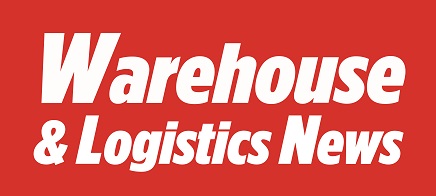With warnings over a rising trend of warehouse fires, passive fire protection specialist Promat has launched a new technical brochure aimed at supporting best practice in keeping warehouses – and the businesses that use them – safe.
 The UK is building more warehouses with larger footprints, which has led to a worrying increase in fires over recent years. For example, a study by Zurich UK calculated that there was a steep 26% increase in warehouse and bulk storage fires between 2021 and 2022. This has meant renewed focus on ways in which the design of these buildings can ensure the impact of fire on business continuity and profitability is minimised.
The UK is building more warehouses with larger footprints, which has led to a worrying increase in fires over recent years. For example, a study by Zurich UK calculated that there was a steep 26% increase in warehouse and bulk storage fires between 2021 and 2022. This has meant renewed focus on ways in which the design of these buildings can ensure the impact of fire on business continuity and profitability is minimised.
David Hillier, Product Manager at Promat explains: “We have been providing passive fire protection (PFP) advice to the likes of warehouse projects for decades, and we have recently seen an increase in enquiries regarding PFP for warehouses. This is perhaps no surprise given the rising numbers of units and the increasing volume of valuable goods being stored within them.
“Getting PFP right can be key to ensuring those goods are protected should the worse happen, that insurance requirements are complied with and that the business is able to continue operating as smoothly as possible. So, ensuring PFP is considered at an early stage can be crucial to helping design out fire risks.”
Promat’s new brochure provides information on how the specification of PFP systems can address some of the major risks associated with warehouse fires – from protecting structural steel to ensuring walls, partitions and mezzanine areas help provide optimal fire resistance.
Hillier: “Crucially, the brochure also outlines how warehouse construction projects can streamline PFP installation so that this potentially complex element of the build does not hold up the wider project schedule.
“It’s important that a comprehensive PFP system is in place to protect business continuity in the event of fire. But this can be a highly specialised task which needs to align closely with the wider construction plan. Consulting our new brochure will help to clarify what’s needed to ensure installation can go ahead without delays.”




Comments are closed.